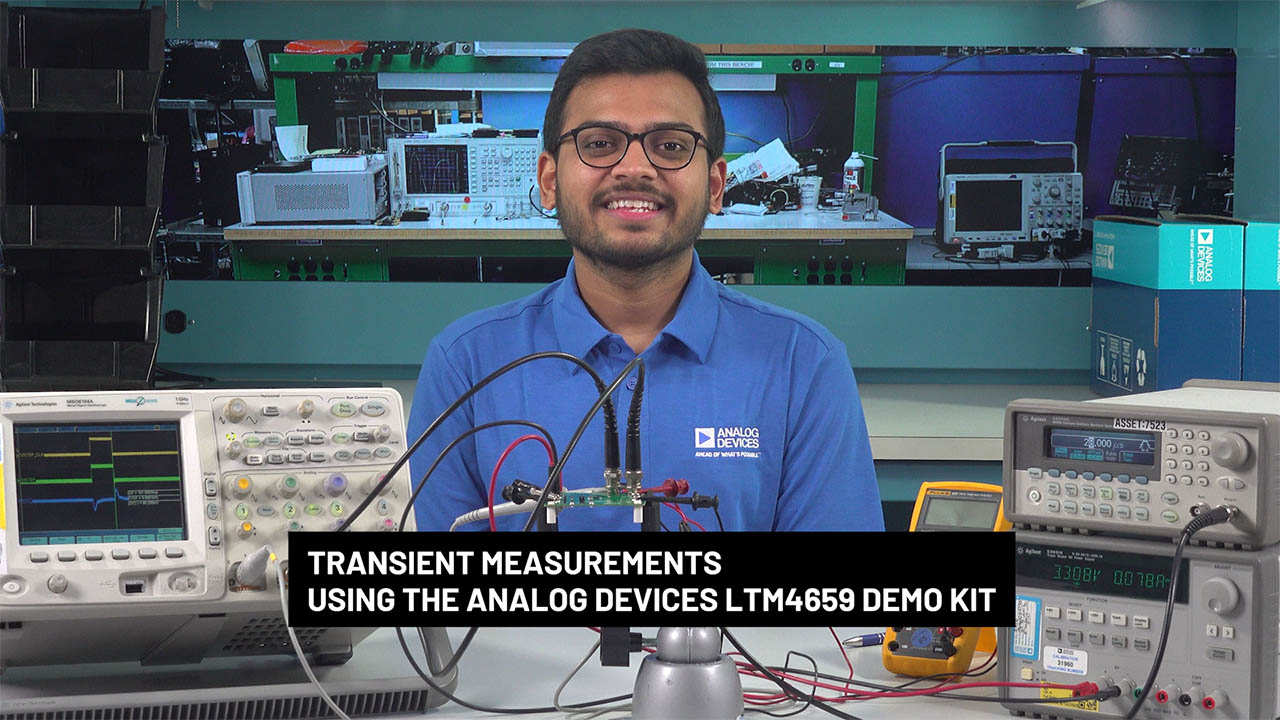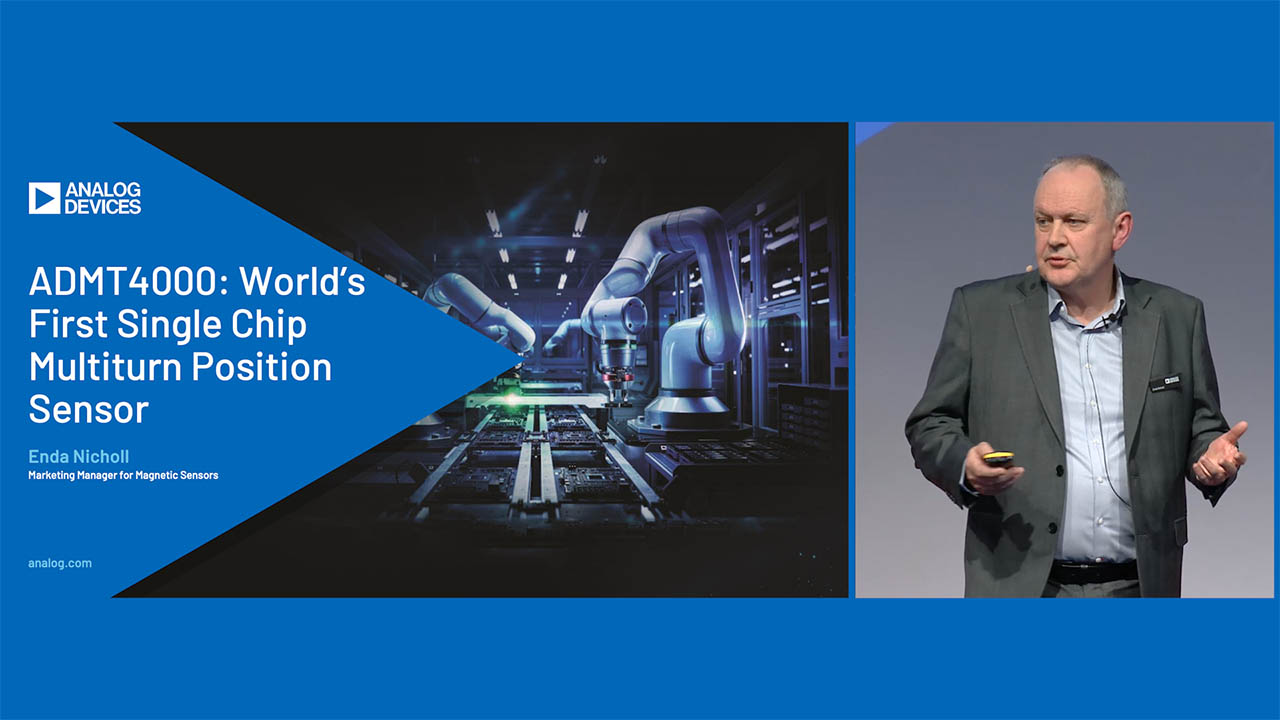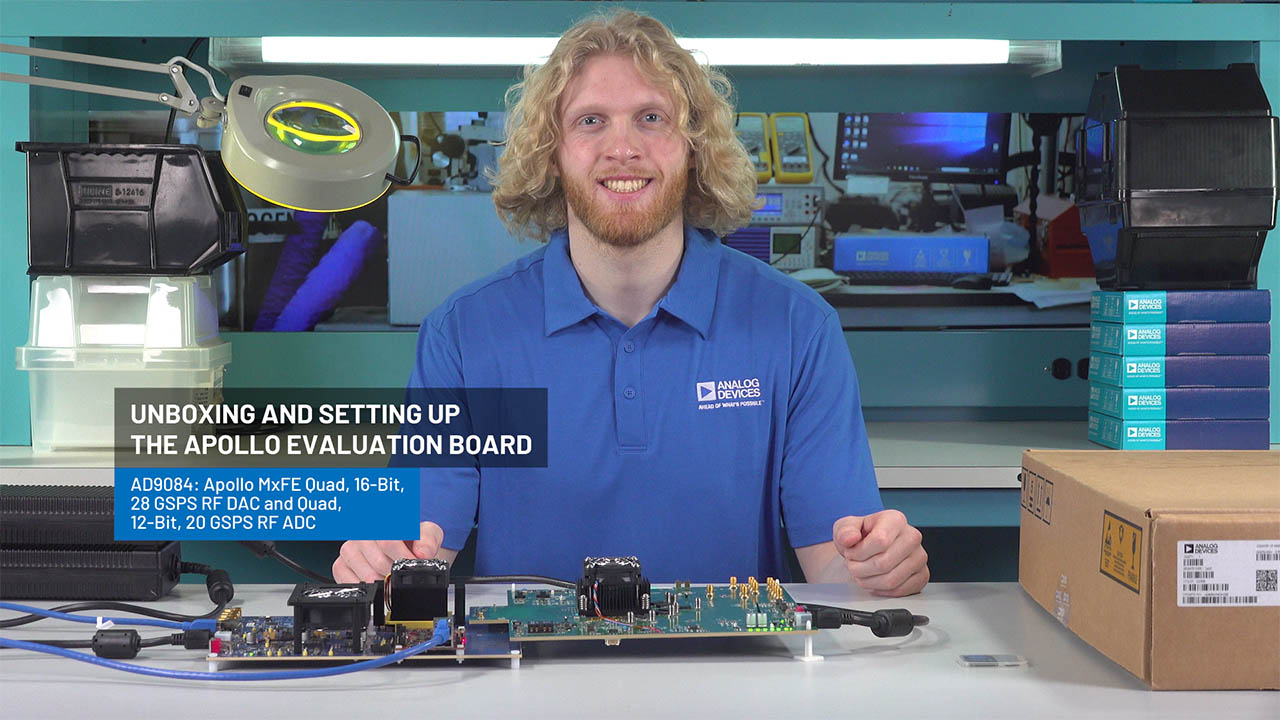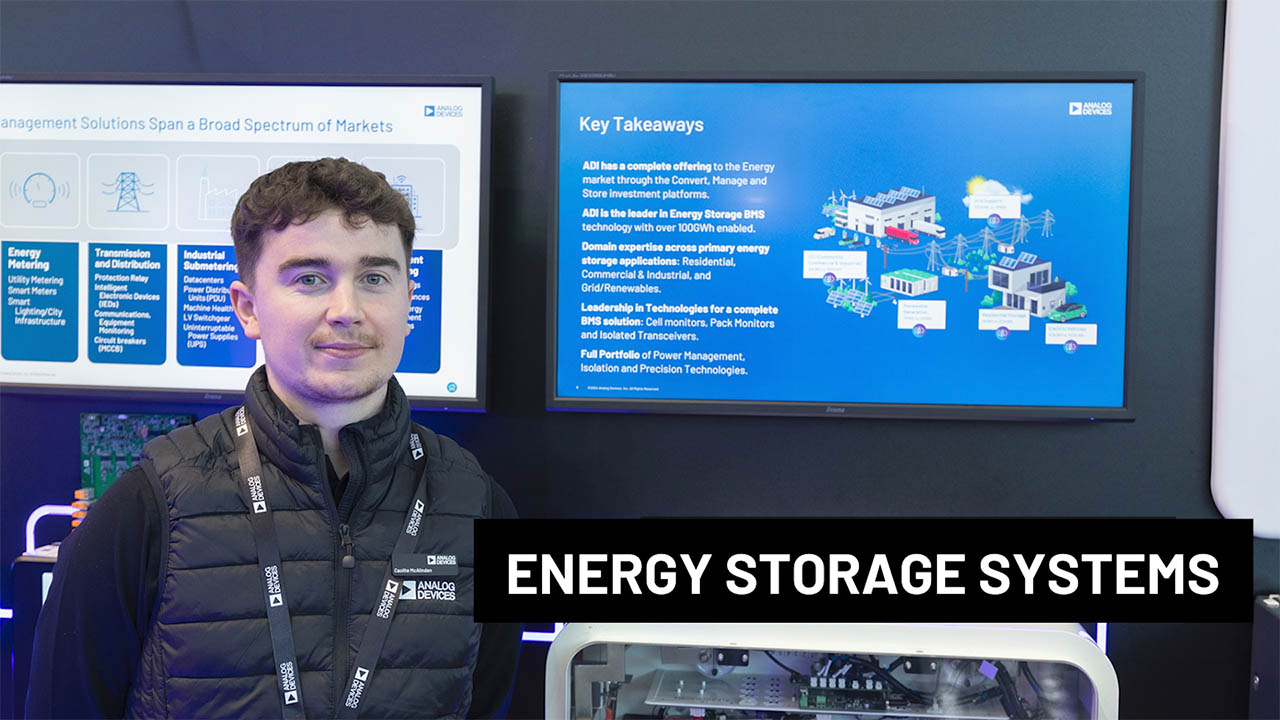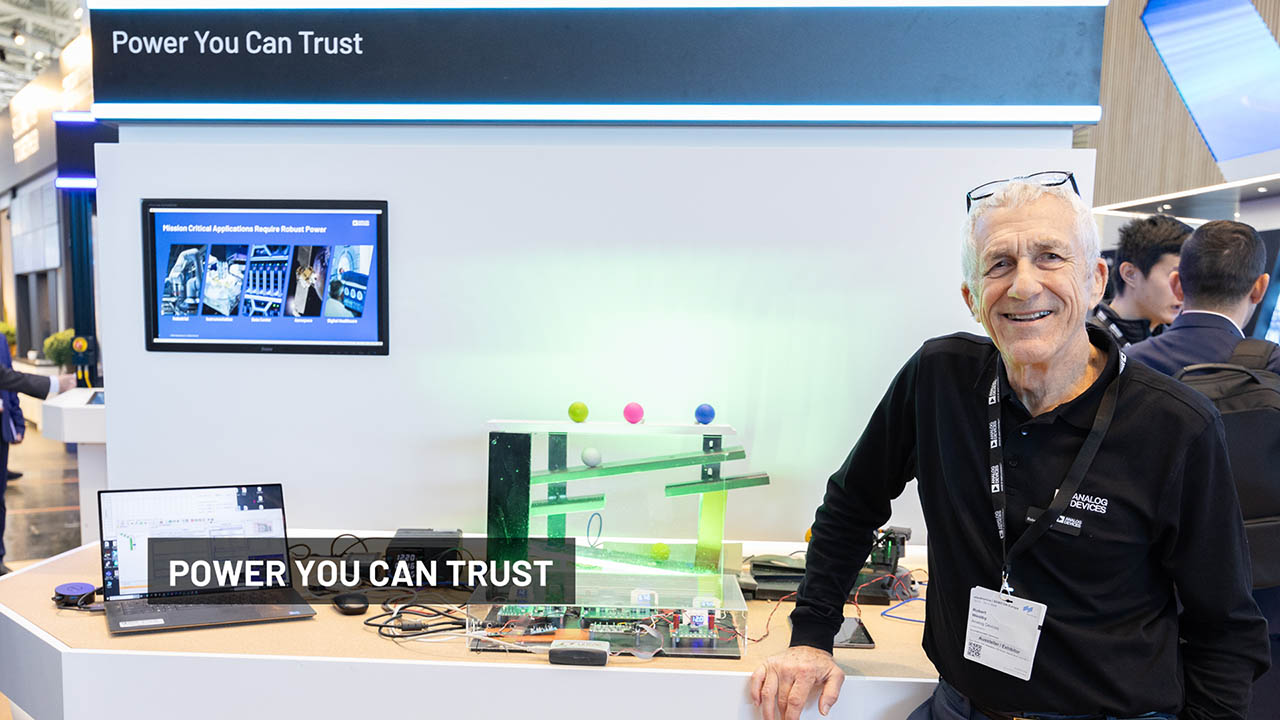Reduce Power Supply EMI: Designing a Differential Mode Input Filter Using LTpowerCAD
Reduce Power Supply EMI: Designing a Differential Mode Input Filter Using LTpowerCAD
2019-07-01
By their very nature, switch-mode power supplies are a source of potential electronic interference. These signals are collectively and commonly called electromagnetic interference (EMI) or noise. Power supply EMI is produced at the switching frequency and its harmonics, and at much higher frequencies as a result of switching transitions. Switching regulator noise can be transmitted to other electronics via three paths: radiated (antenna) emissions, conducted emissions on the input side, and conducted emissions on the output side.
Radiated emissions strongly depend on parasitic elements and can be reduced through careful board layout. Radiated emissions can also be reduced by up to 40 dB, or a factor of 10,000, simply by using a Silent Switcher® regulator or Silent Switcher 2 regulator from Analog Devices. Silent Switcher regulators use a combination of symmetrical layout and well-controlled switch transitions to reduce generated EMI.
Conducted emissions can be reduced with the help of filters. Not only does the filter need to be optimized to reduce noise in a particular frequency range, but it also affects the stability of the entire power supply. A switching regulator has a certain input impedance, ZIN. It has to be higher than the output impedance of the input filter, ZOF. Figure 1 shows a block diagram of these two impedances.

Figure 1. Use of an input filter for reducing conducted emissions.
To project the effects of an input filter, a filter design function has been added to LTpowerCAD®—a switching regulator calculation tool from Analog Devices. LTpowerCAD can be downloaded for free from the Analog Devices website (analog.com/LTpowerCAD). The critical line-bound differential noise is determined by input current ripple and is therefore not dependent on PCB layout parasitic effects, so theoretical calculations closely reflect reality.

Figure 2. The calculation of a switching regulator with LTpowerCAD interacting with an optimized filter on the input side.
As previously mentioned, a filter designed to reduce certain EMI levels must also ensure the stability of the overall circuit composed of the switching regulator and the filter. For this, the impedances shown in Figure 1 must be matched. The output impedance of the filter ZOF (impedance output filter) must be lower than the input impedance of the filter ZIN (impedance input power supply). To facilitate impedance matching, LTpowerCAD includes an impedance calculator as shown in Figure 3.

Figure 3. Checking the respective impedances ZIN and ZOF to avoid oscillations.
Previously, there were calculation tools and simulation tools available for the design of switching regulators. The filter calculation tool in LTpowerCAD helps designers minimize differential mode conducted emissions in switch-mode power supplies.
关于作者
Frederik Dostal是一名拥有20多年行业经验的电源管理专家。他曾就读于德国埃尔兰根大学微电子学专业并于2001年加入National Semiconductor公司,担任现场应用工程师,帮助客户在项目中实施电源管理解决方案,积累了丰富的经验。在此期间,他还在美国亚利桑那州凤凰城工作了4年,担任应用工程师,负责开关模式电源产品。他于2009年加入ADI公司,先后担任多个产品线和欧洲技术支持职位,具备广泛的设计和应用知识,目前担任电...
{{modalTitle}}
{{modalDescription}}
{{dropdownTitle}}
- {{defaultSelectedText}} {{#each projectNames}}
- {{name}} {{/each}} {{#if newProjectText}}
-
{{newProjectText}}
{{/if}}
{{newProjectTitle}}
{{projectNameErrorText}}




